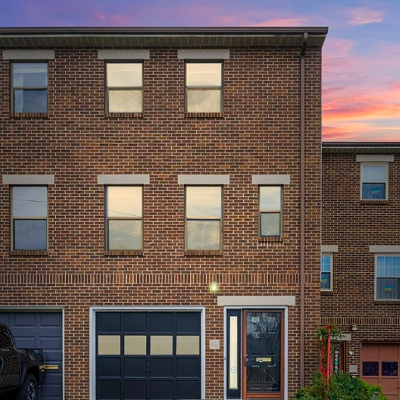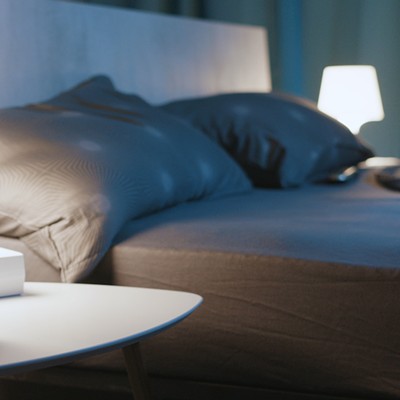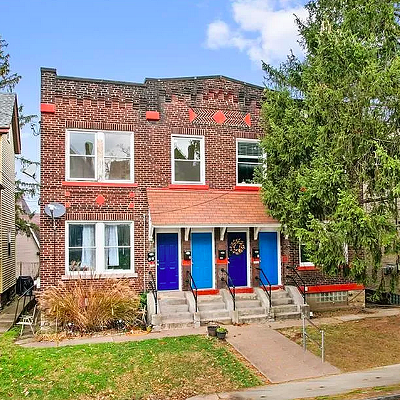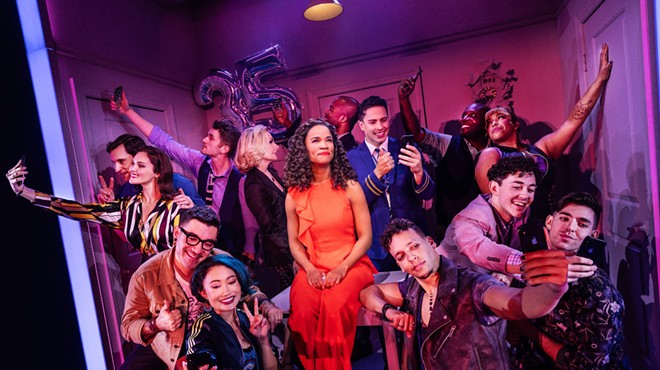Name the Pittsburgh building with different-colored lights on top? That's sort of like asking me to identify the artist who painted "Self-Portrait." I'm not even sure what buildings were around when you were 10; naturally, as a gentleman and a reporter (aren't they really the same thing?) I'm not going to ask how old you are.
But I suspect the buildings you're thinking of were both built along Grant Street, and both at the same time. The first one would be topped with a weird Christmas-tree-shaped cone of vertical neon tubes, lights that flash at periodic intervals in a rhythm that would be hard to judge. The second would have a square-shaped lantern atop a step-pyramid at the building's summit, though depending on your age you may remember the entire pyramid being lit up.
The first structure is the Grant Building, a brick office tower built in the late 1920s. Unless you were a very precocious kid with highly developed pattern-recognition skills, the flashing of the neon tubes probably seemed random to you, as it no doubt strikes many Pittsburghers who see it. But the beacon is actually spelling out the word "Pittsburgh" in Morse code. Walter Kidney's book Pittsburgh Landmark Architecture notes that "Like the Empire State Building's dirigible mast, this had pretensions to usefulness in the developing technology of aviation": The idea was that pilots who were lost could read the Morse code message and realize where they were -- though by the time it spelled out the city's name, you'd think the airplane would be somewhere else entirely. The message still plays out today, thanks to a device inside that works much like a player piano and tells the signal when to light and when to stop.
The second building is probably the Gulf Tower, completed not long after the Grant Building. Most Pittsburghers have heard that its beacon offers a kind of crude weather forecast: Orange means warmer weather, blue means cooler temperatures and a flashing beacon means a storm is coming. What fewer people recognize is that the colors were a form of product placement: Orange and blue were the colors of Gulf Oil, which was once headqartered here.
A few decades ago, the entire step-pyramid below the beacon was lit in Gulf colors; I've seen film clips of the skyline in the mid-century, in which the entire building top seems to gleam like some sort of Byzantine ice-cream cone. The lighting scheme has since been pared down, possibly so as not to clash with all those very tasteful signboards that companies like Mellon Bank have atop their buildings today. Or maybe Gulf execs just took the neon with them -- along with the memo pads and ballpoint pens in the supply closet -- when the company went under.
Another building that might have attracted your eye was the Koppers Building, built just prior to, and located just next door to, the Gulf Tower. While not as celebrated, its own lighting scheme tends to underscore its Art Deco crown, adding to the city's somewhat gothic overtones. The roof itself was covered over in copper -- which Kidney notes is a somewhat wry pun on the building name -- though given the city's atmosphere back then, no one could have expected it to shine for very long.










